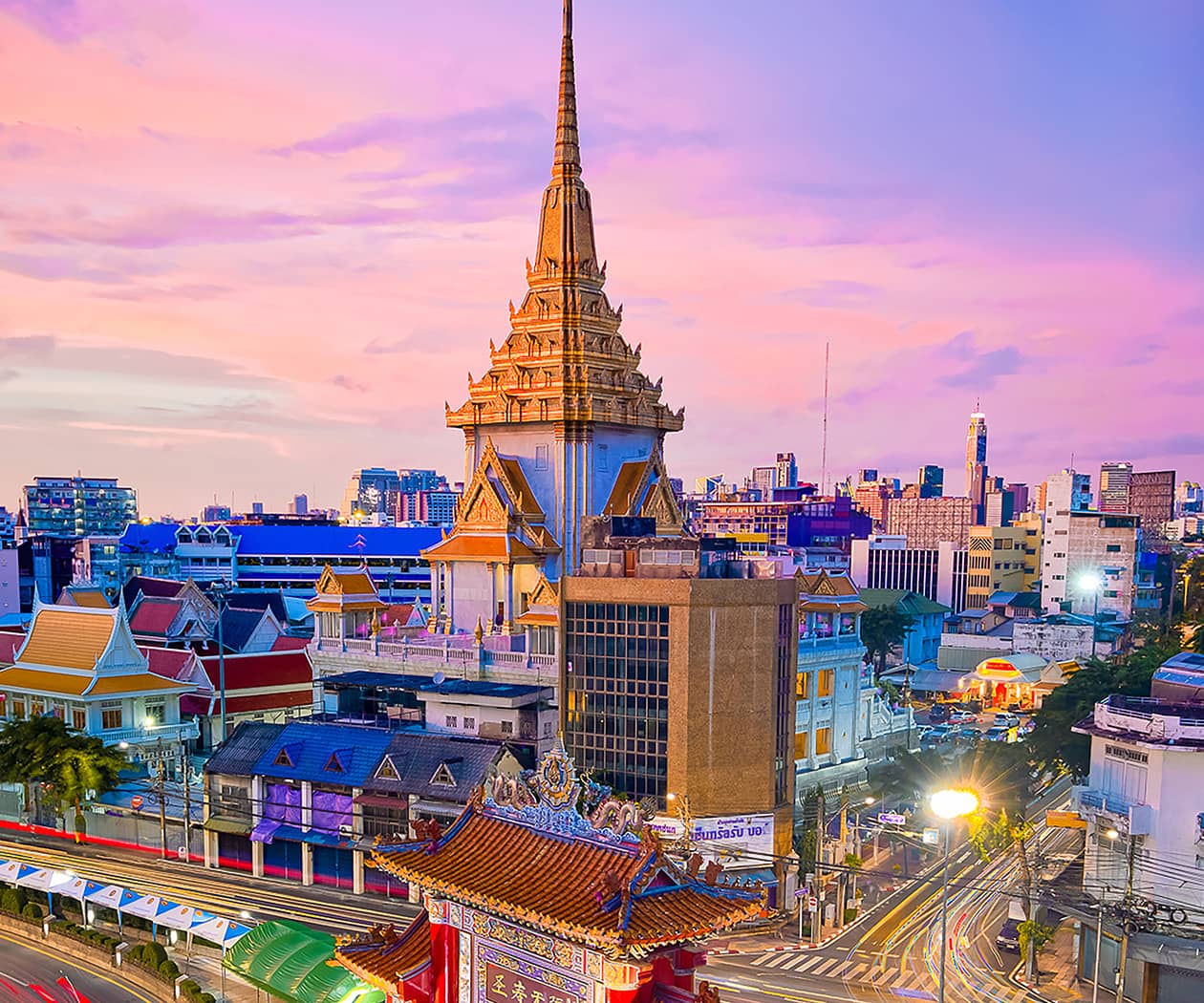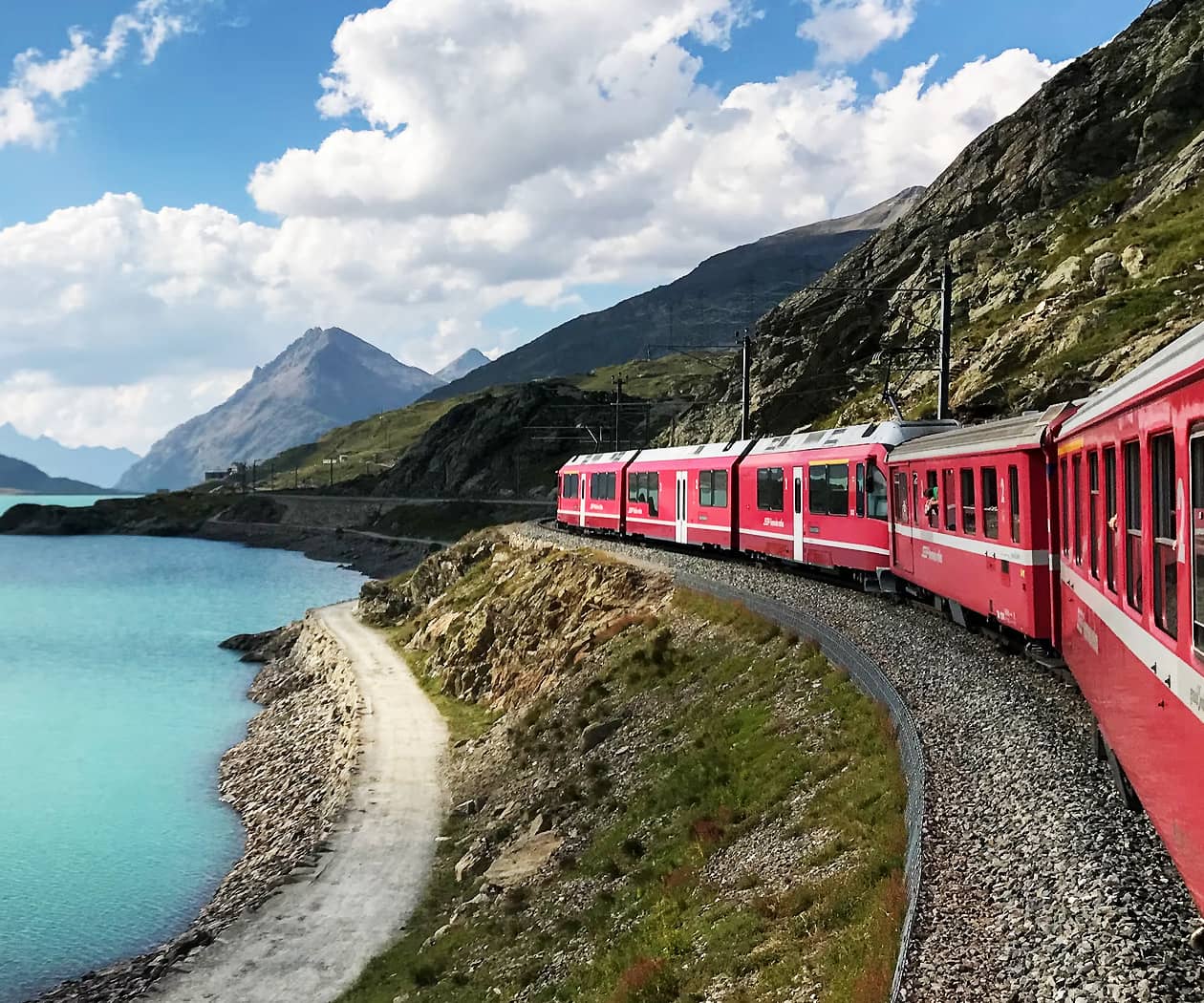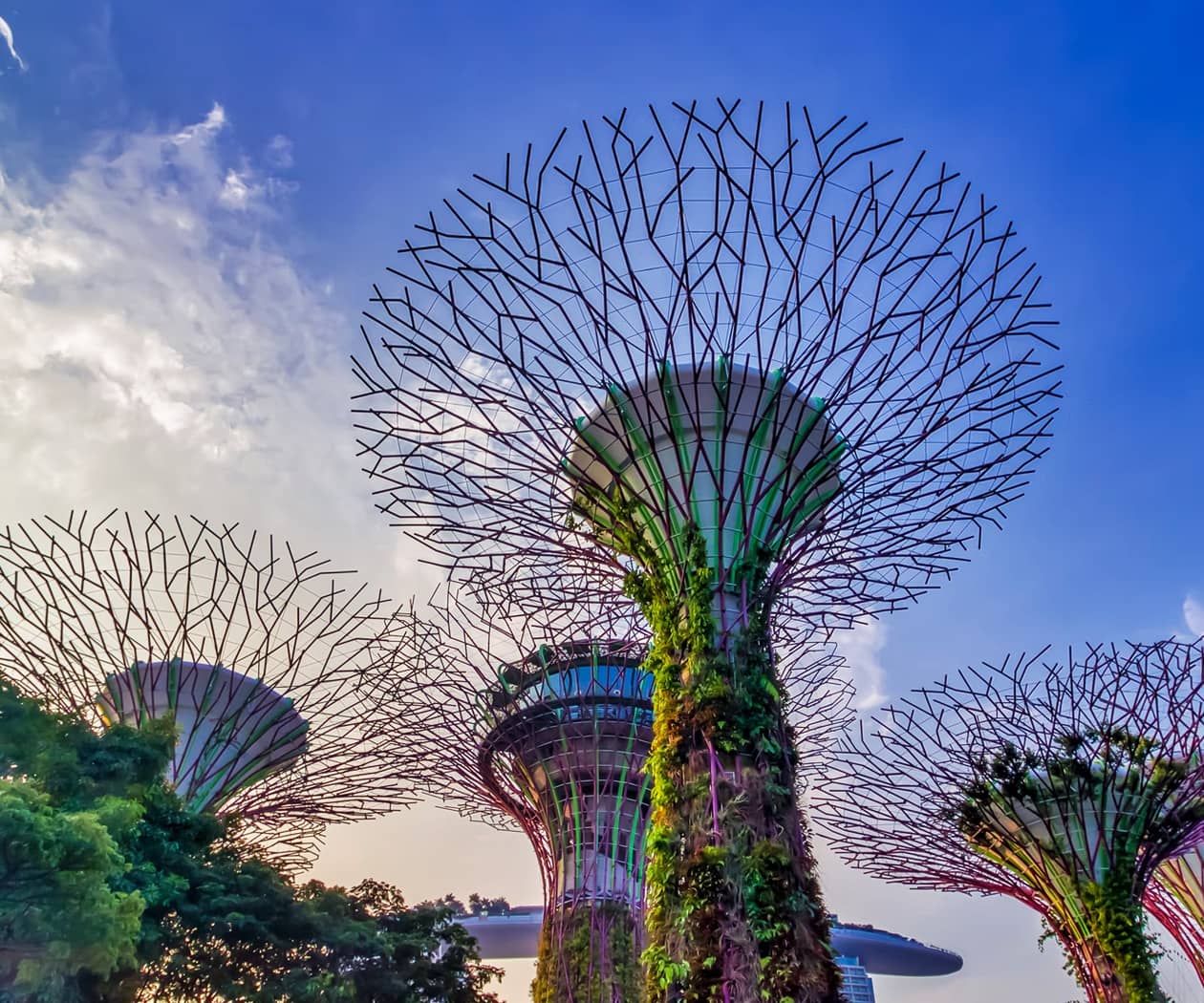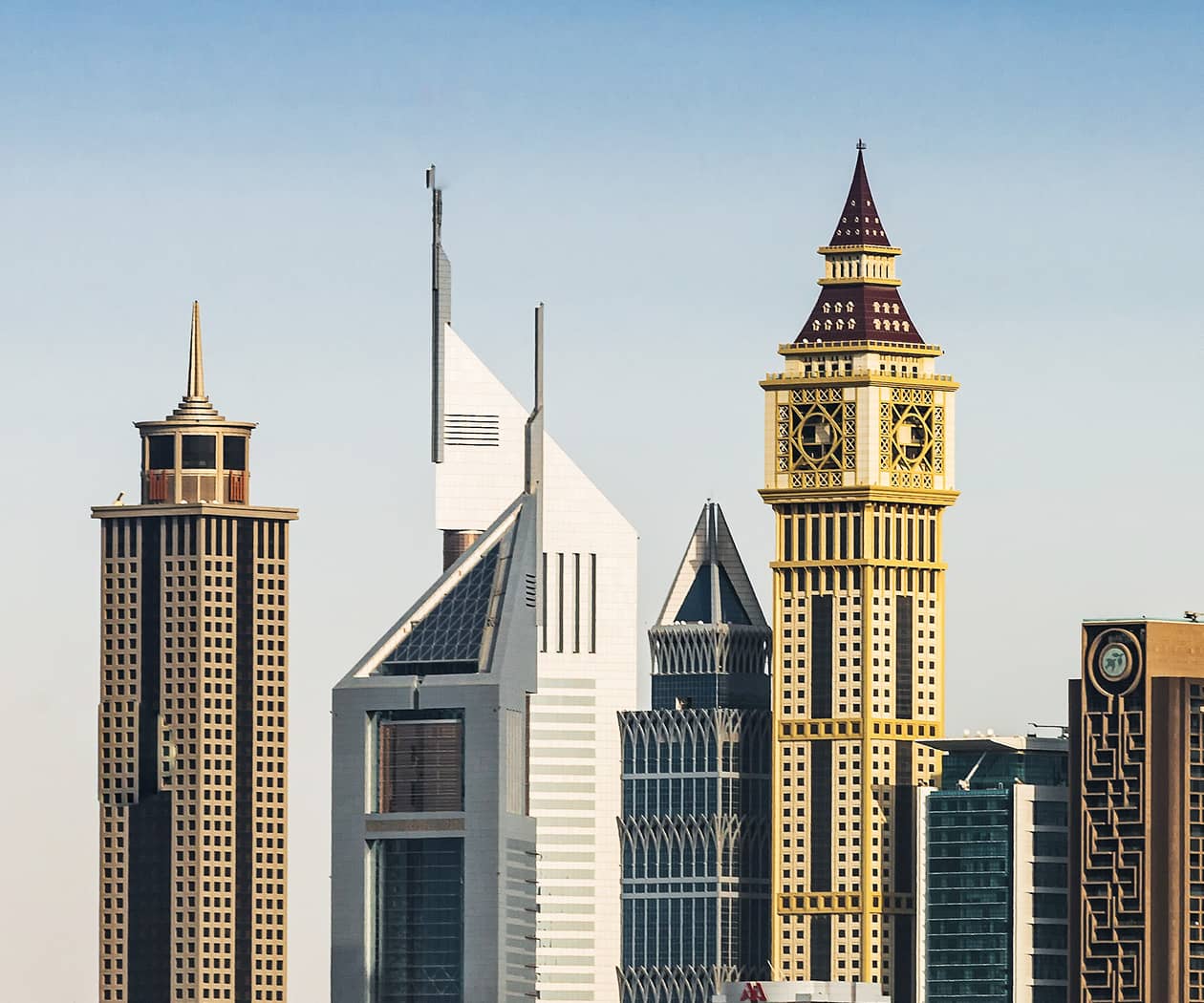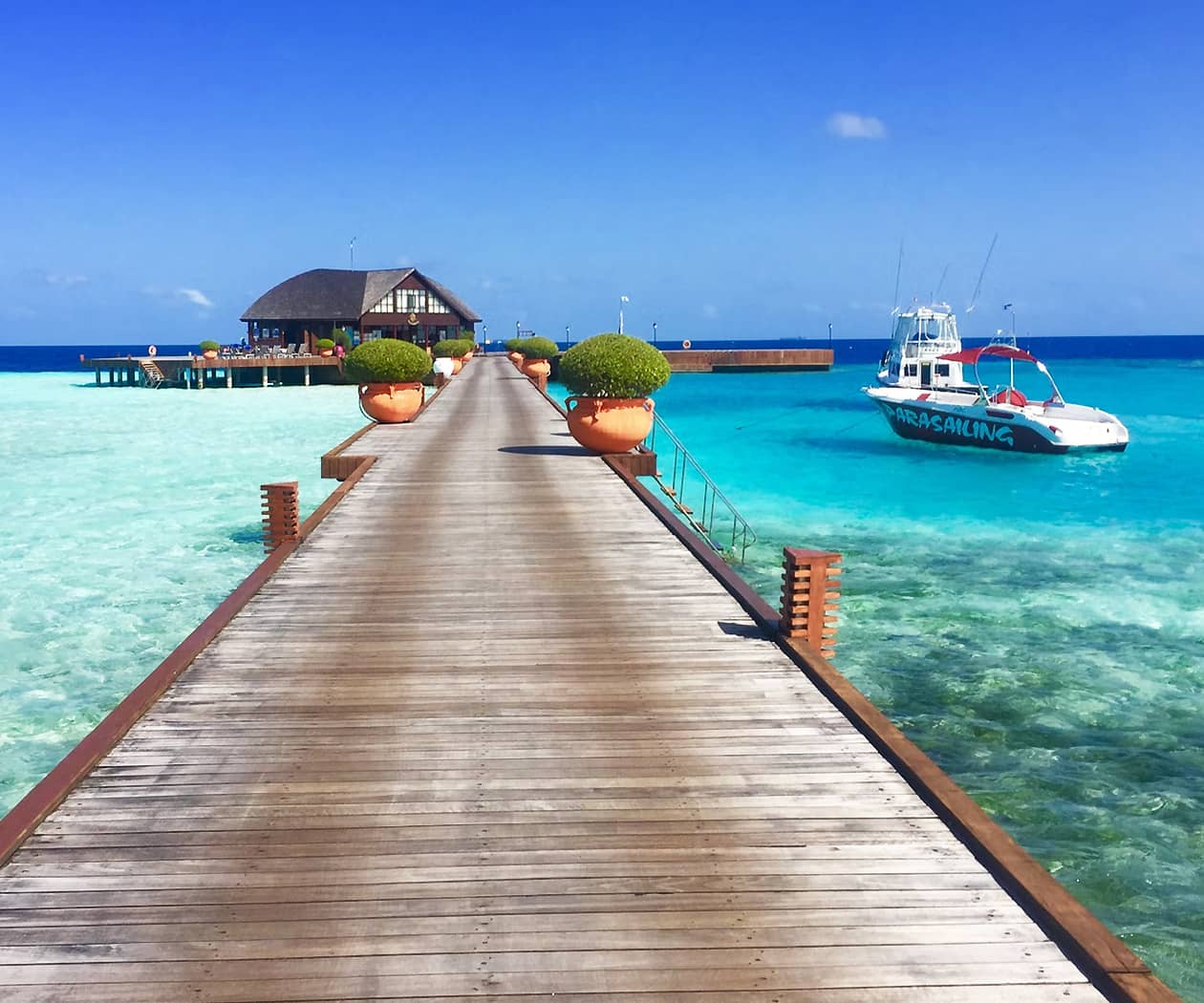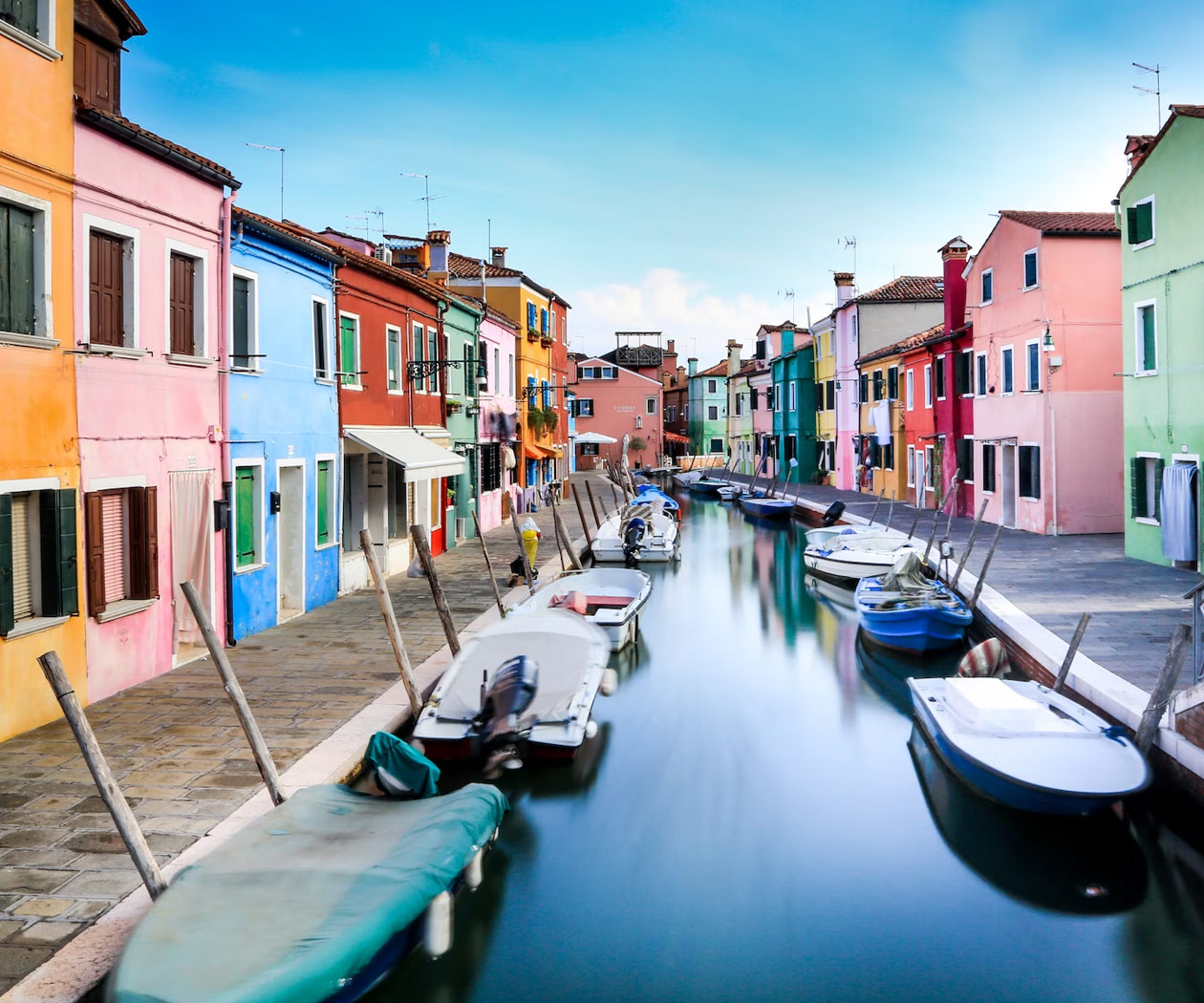Batsara Babaneuli protected areas
The Batsara-Babaneuri Strict Nature Reserve and Ilto Managed Reserve were established as they are today in 2003 by the Georgian law on the “Establishing and Management of Tusheti, Batsara-Babaneuri, Lagodekhi and Vashlovani Protected Areas”.
The Batsara-Babaneuri Protected Areas consist of 3 independent units: Batsara (3042 ha) and Babaneuri (770 ha) Strict Nature Reserves and Ilto Managed Nature Reserve (5273 ha). All three Protected Areas are located in Akhmeta district of Kakheti region, at a distance of 170 km from Tbilisi.
The Batsara Strict Nature Reserve is located in the Batsara ravine, the right tributary of the Alazani River, near the Pankisi gorge. The Babaneuri Strict Nature Reserve is in the eastern part of Akhmeta district and is 45 km away from Batsara Strict Nature Reserve. The east Caucasian foothill, where the Babaneuri Reserve extends, is located near the villages of Alvani, Babaneuri and Laliskuri.
The Ilto Managed Nature Reserve covers a part of the ravine of the Ilto River near Akhmeta. The territories of Batsara-Babaneuri and Ilto are built by the sediments of Jurassic and Cretaceous age, which are presented there by sandstones, shales, argillites and limestones. Among the sediments of Cretaceous age the dissected magmatic bodies or lenses are found there.
In the middle of the ravine of the Batsara River the yew (Taxus baccata) forest has been preserved – the relict of dendroflora of the Tertiary period. The area of the forest is almost 240 hectares. The area of the forest is almost 240 hectares. Such a large yew grove is nowhere in the world. Most of the trees are 500-1000 years old, and some others are even older.
Batsara yews are enlaced with lianas, the Pastuchov’s Ivy(Hereda pastuchowii) and climber (Smilax excelsa). In this part of the Strict Nature Reserve the untouched beech forest (Fagus orientalis) and alder forest (Alnus barbata) are also preserved. In the upper streams of the same Batsara River the marvellous groves of high-mountain Sycamore maple (Acer pseudoplatanus) can be found. In the Babaneuri part of the Reserve there is a grove of Caucasian Zelkova (Zelkova caprinifolia) – the Caucasian-Iranian endemic species, the relict of dendroflora of the Tertiary period, which occupies 750 ha.
The ravine of the Ilto River is notable with well preserved beech forests (Fagus orientalis). Together with the beech, the hornbeam (Carpinus caucasica), maple (Acer laetum), lime(Tilia cordata), Georgian oak (Quercus iberica) and other different trees participate in creation of the forest cover. Cornel, common nut-trees, red hawthorn and honeysuckle grow in the subforest.
First of all these Protected Areas are known for their unique flora. In the ravine of the Batsara River, in the Protected Areas the groves of yew trees (Taxus baccata) andZelkova trees (Zelkova caprinifolia) – the Caucasian-Iranian endemic species of the Tertiary period have been preserved. Forest ecosystems are presented by untouched beech forest and alder forest. Batsara yews are enlaced with lianas, the Pastuchov’s Ivy(Hereda pastuchowii) and climbers (Smilax excelsa). The ravine of the Ilto River is notable for its untouched beech forests(Fagus orientalis) with liana and cherry laurel subforest. Here can be found as well the following species, such as: hornbeam, maple, lime, Georgian oakand other different trees. Cornel, common nut-trees, red hawthorn and honeysuckle grow there.
Among the small mummals are notable endemic species to Caucasus the Caucasian squirrel (Sciurus anomalous) and the Radde’s shrew (Sorex raddei). And among the medium and large mammals the following species can be found in the Ilto Managed Natur Reserve: Roe deer(Capreolus capreolus), chamois (Rupicapra rupicapra), wild boar (Sus scrofa), brown bear (Ursus arctos), wolf (Canis lupus), lynx (Lynx lynx), jackal (Canis aureus), Red fox (Vulpes vulpes), badger (Meles meles), Stone marten (Martes foina), Pine marten (Martes martes), wild cat (Felis sylvestris), otter (Lutra lutra), et al. Otter is very rare to be seen.
Ornithofauna of Protected Areas is rich in species. It counts about 60 species. There nest Wood-pigeon, Mistle Thrush, Blackbird, Raven, Goldfinch, several kinds of woodpeckers and many other species of small birds, which inhabit the Batsara-Babaneuri and Ilto Protected Areas.
It is worth to note the Caucasian chiffchaff (Phylloscopus lorenzii)–endemic to Caucasus, as well as the predators: Bearded vulture (Gypaetus barbatus), Griffon vulture (Gyps fulvus), Black vulture (Aegypius monachus), goshawk (Accipiter gentilis), sparrow hawk (Accipiter nisus), Golden eagle (Aquila chrysaetos), et al. Kestrel (Falco tinnunculus),
About 14 species of reptiles are found in the Protected Areas. Among them are the following tree endemic species of lizards – Caucasian lizard (Darevskia caucasica), Meadow lizard (D.praticola) and Artvin lizard (D. derjugini), though existence of Georgian lizard (Darevskia rudis) is supposed as well. Among the other species of reptiles the Caucasian Viper (Vipera dinniki) can be noted. Greek tortoise (Testudo graeca) can be noted as well among reptiles.
The Bronze age monuments can be found near the Babaneuri Strict Nature Reserve –discovered in Cheremi and Gavazi the archeological pitchers, bronze weapons and agricultural tools, crypts and ancient ceramic pieces of art, Alaverdi cathedral of 11th century, Gremi fortress and church of 17th century with the older ruins of the former town, Ikalto Academy built in the 12th century, the new and old Shuamta monastery complexes of 6th and 16th centuries, the palace of King Erekle of 18th century in Telavi, the centre of Kakheti, and the palace of Chavchavadzes in Tsinandali surrounded by the magnificant park, the church of Tamar, martyr, the church of the Blessed Virgin, Sameba, the church of S. Mary. On the bank of the Ilto River the historical town-fortress of Kvetery was located.
In the adjacent territories of the Strict Nature Reserve, only the cultural and wine tours are developed at present,it is also possible to arrange the photo-video, ecological, horse-riding, bird-watching and archeological tours. There are several comfortable hotels near the Protected Areas, in Telavi and Tsinandali and the network of family hotels is well developed there. It is possible to provide food and comfortable accommodation by advanced reservation.



